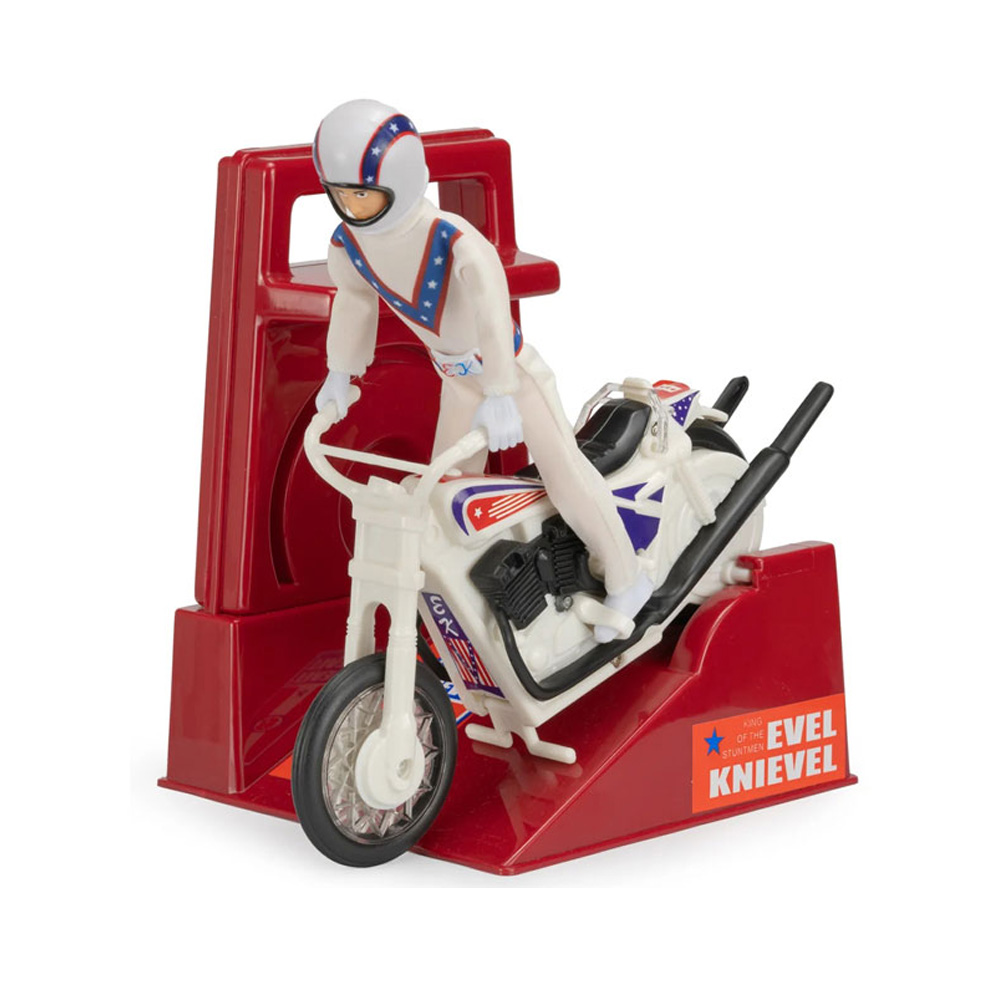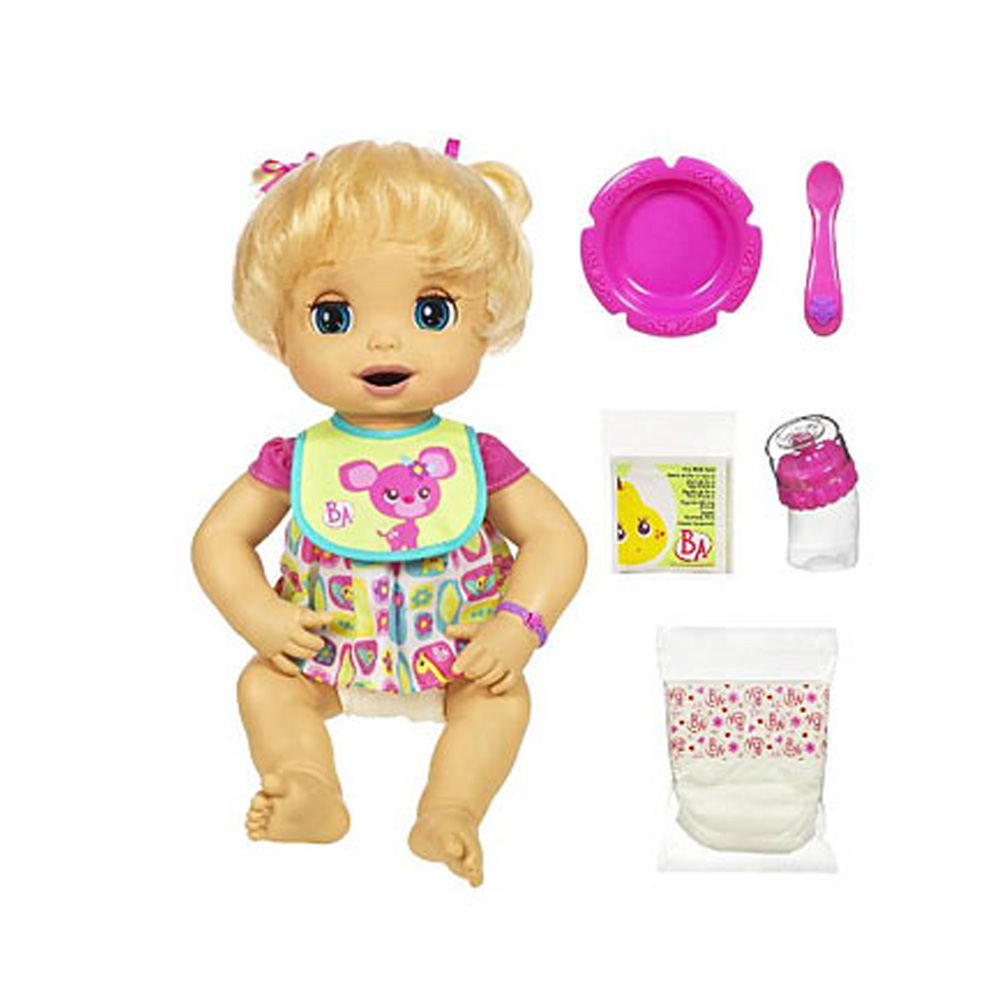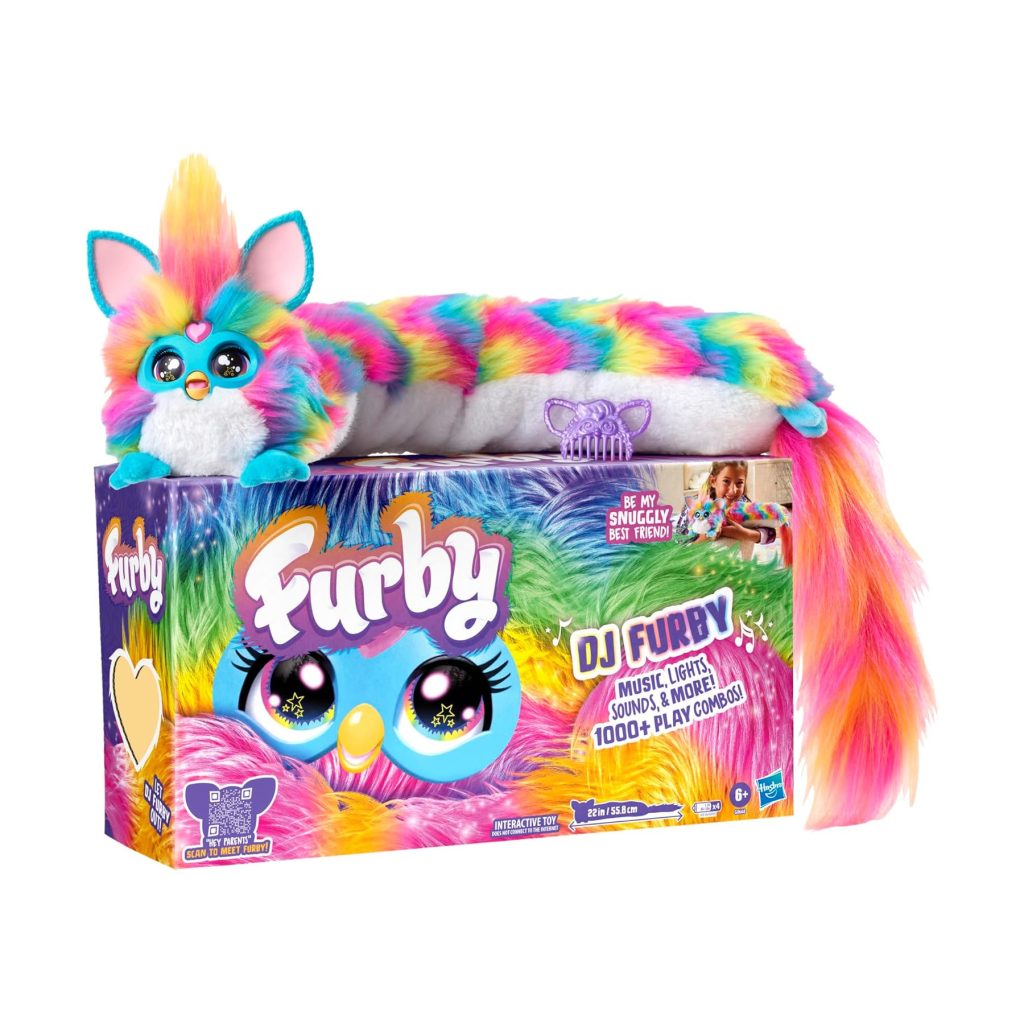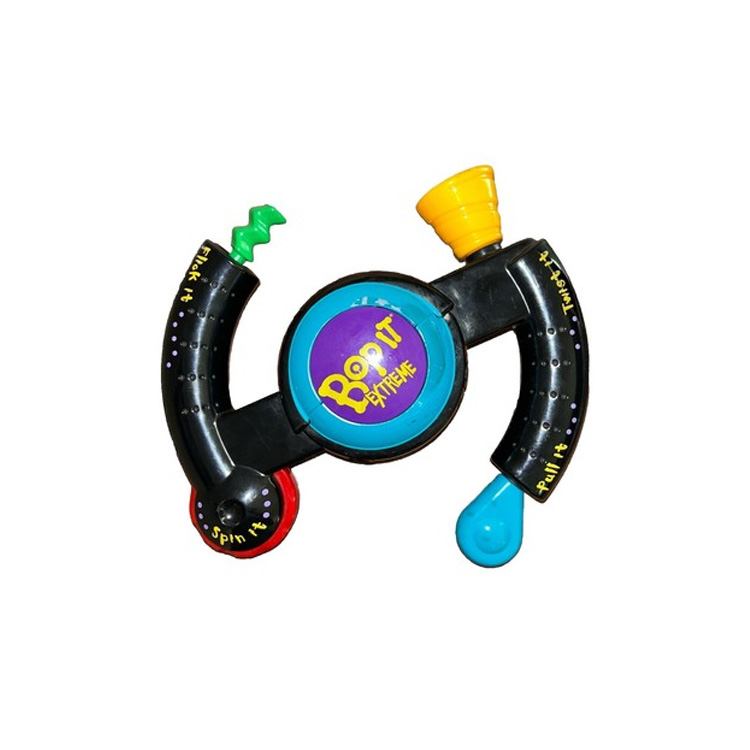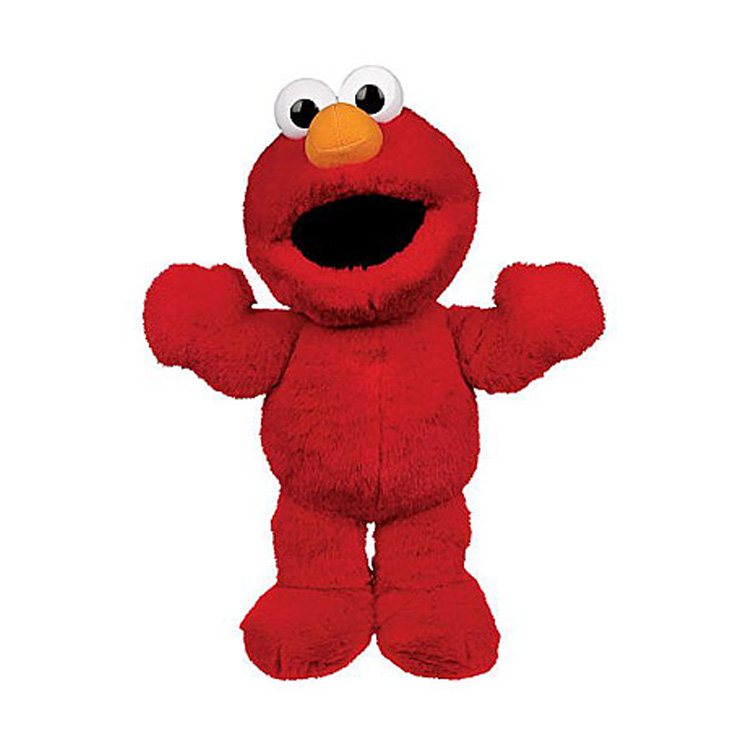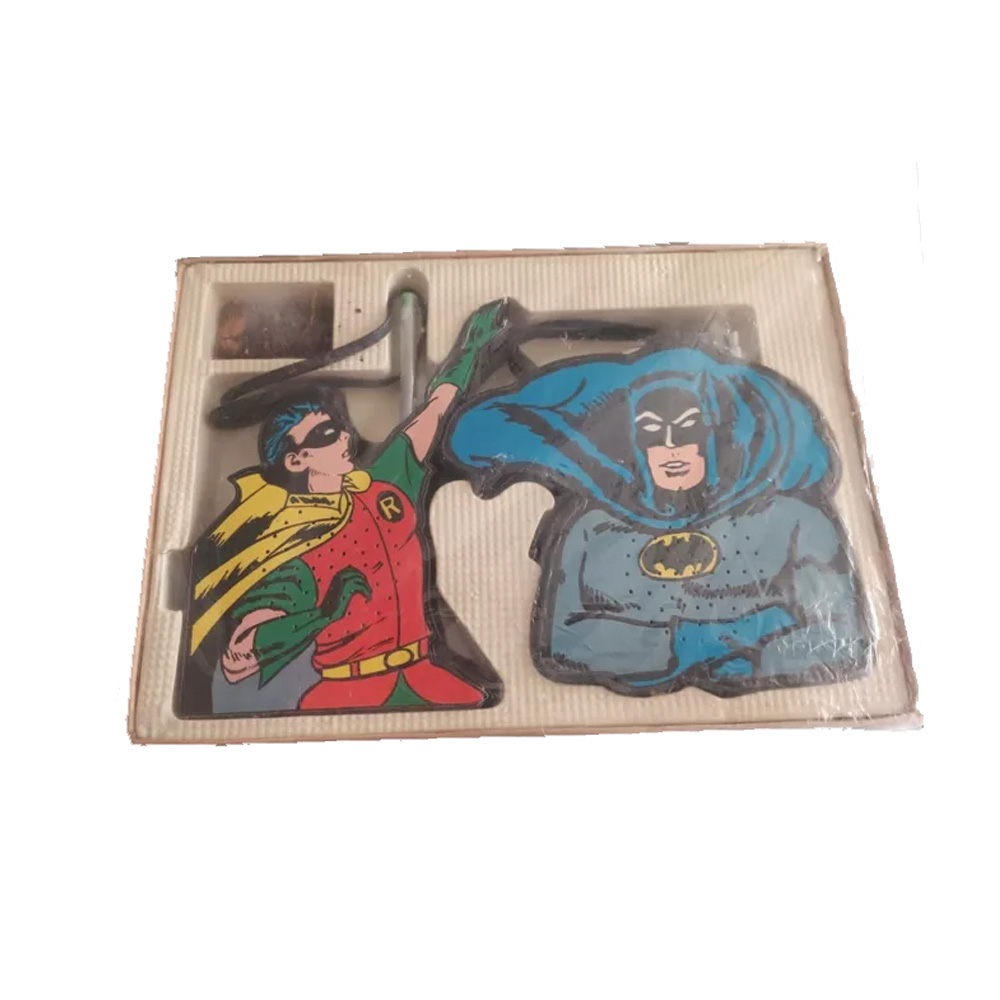
⏰ “Don’t leave it too late — some Christmas best-sellers sell out early each year.”
Walkie Talkie Sets Top 10 Christmas Toys 1973
Walkie Talkie Sets Top 10 Christmas Toys 1973
The Walkie Talkie Sets of 1973 gave children a magical gift: the power to talk to each other across gardens, down hallways, and through bedroom windows without ever leaving their posts. Imagine a frosty Christmas morning, a child clutching a chunky plastic handset with a long antenna, pressing the button, and whispering, “Can you hear me?” Moments later, a crackly voice from the other side of the house replied, “Loud and clear!” For many, it was their first taste of real communication technology—playground espionage wrapped up in festive wrapping paper.
1973: A Year in Context
1973 in the UK was a year of challenges and excitement. Britain had just joined the European Economic Community, power cuts were becoming common with the miners’ strikes, and glam rock bands dominated the airwaves. For children, however, the sense of change was thrilling. Technology was entering everyday life—colour TVs, cassette recorders, and new gadgets filled catalogues. Against this backdrop, Walkie Talkies felt cutting-edge, giving kids their very own taste of wireless freedom at a time when radios and phones were still tightly controlled by adults.
How Walkie Talkies Worked
The sets typically came with two handsets, often chunky, brightly coloured, and fitted with telescopic metal antennas. Operating on simple radio frequencies, they allowed short-distance communication—perfect for garden games, street patrols, or bedroom-to-kitchen chats. The push-to-talk button gave kids the power to broadcast their voice with a satisfying crackle, while learning the art of waiting their turn to reply. Static, distortion, and the occasional squeal only added to the fun, making every conversation feel like a secret mission.
Christmas Morning Adventures
Unwrapping Walkie Talkies on Christmas Day 1973 meant instant play. One sibling dashed upstairs, the other stayed downstairs, and the chatter began. Friends visiting after lunch joined in, creating networks of spies, explorers, and “emergency services.” Gardens became battlefields of pretend missions; cul-de-sacs turned into adventure zones. Parents overheard bursts of static and giggles as their children tested the limits of range, often yelling “Can you still hear me?” from halfway down the road. For many, it was the first toy that felt like true technology.
Adverts and Popularity
Toy catalogues and adverts pitched Walkie Talkies as “the future of play,” emphasising their link to real-world police and military radios. Children loved the idea of being secret agents, detectives, or astronauts on missions. Parents, meanwhile, appreciated that the sets encouraged teamwork and imaginative play. By December 1973, many toy shops reported brisk sales, with Walkie Talkies topping the lists of most-wanted electronic toys alongside race-car sets and tape recorders.
Price Then and Now
In 1973, Walkie Talkie Sets retailed for around £9.99, which would equate to roughly £85 today. While not the cheapest gift, they offered long-lasting value, as kids used them daily for weeks or months. Vintage sets in working condition, complete with packaging, are now rare collector’s items, with prices that can climb far higher depending on brand and quality. Yet the true worth lay in the hours of imaginative missions and endless chatter they inspired.
Why They Captured Imaginations
Walkie Talkies gave children autonomy. They didn’t need Mum or Dad to set up; they didn’t need batteries every few hours (most ran on affordable dry cells); and they didn’t require adults to mediate. Kids could form their own networks, invent their own codes, and play out scenarios inspired by TV shows like “Doctor Who” or spy thrillers. The crackly connection made everything feel authentic, as if they’d joined the ranks of real explorers, soldiers, or astronauts.
Nostalgia and Legacy
Those who received Walkie Talkies in 1973 often describe the sheer excitement of hearing a friend’s voice come through the speaker for the first time. The novelty of wireless communication was unforgettable, and the sets often became the centrepiece of play for months. Even now, adults recall the buzz of static, the joy of yelling “over and out,” and the secret codes devised with siblings. Walkie Talkies paved the way for later obsessions with CB radios, mobile phones, and today’s instant messaging.
1973 Christmas Memories
On that Christmas Day, Walkie Talkies turned ordinary homes into communication hubs. Children whispered late-night secrets under the covers, organised imaginary rescue missions, and staged “spy vs spy” games with friends. Parents, amused by the constant chatter, sometimes joined in—testing range from the kitchen or pretending to be enemy agents. It was a toy that united generations, combining novelty with nostalgia, and it left behind memories as lasting as the crackle of a distant reply.
Conclusion
The Walkie Talkie Sets of 1973 gave children a glimpse of the future while fuelling their imaginations in the present. They turned streets into playgrounds, siblings into co-conspirators, and everyday chatter into epic missions. If you remember using them that year, revisit the fun in our Top 10 Christmas Toys 1973 archive. Explore more iconic toys in our most popular Christmas toys collection, and see how kids’ wish lists have changed in our Top 10 Christmas Toys 2025 guide. Crackly, clunky, and endlessly fun, Walkie Talkies were a Christmas gift that truly connected a generation.
Some links on our site are affiliate links. If you buy through them, we may earn a small commission — at no extra cost to you. 🎄
⏰ “Don’t leave it too late — some Christmas best-sellers sell out early each year.”
Available From:

